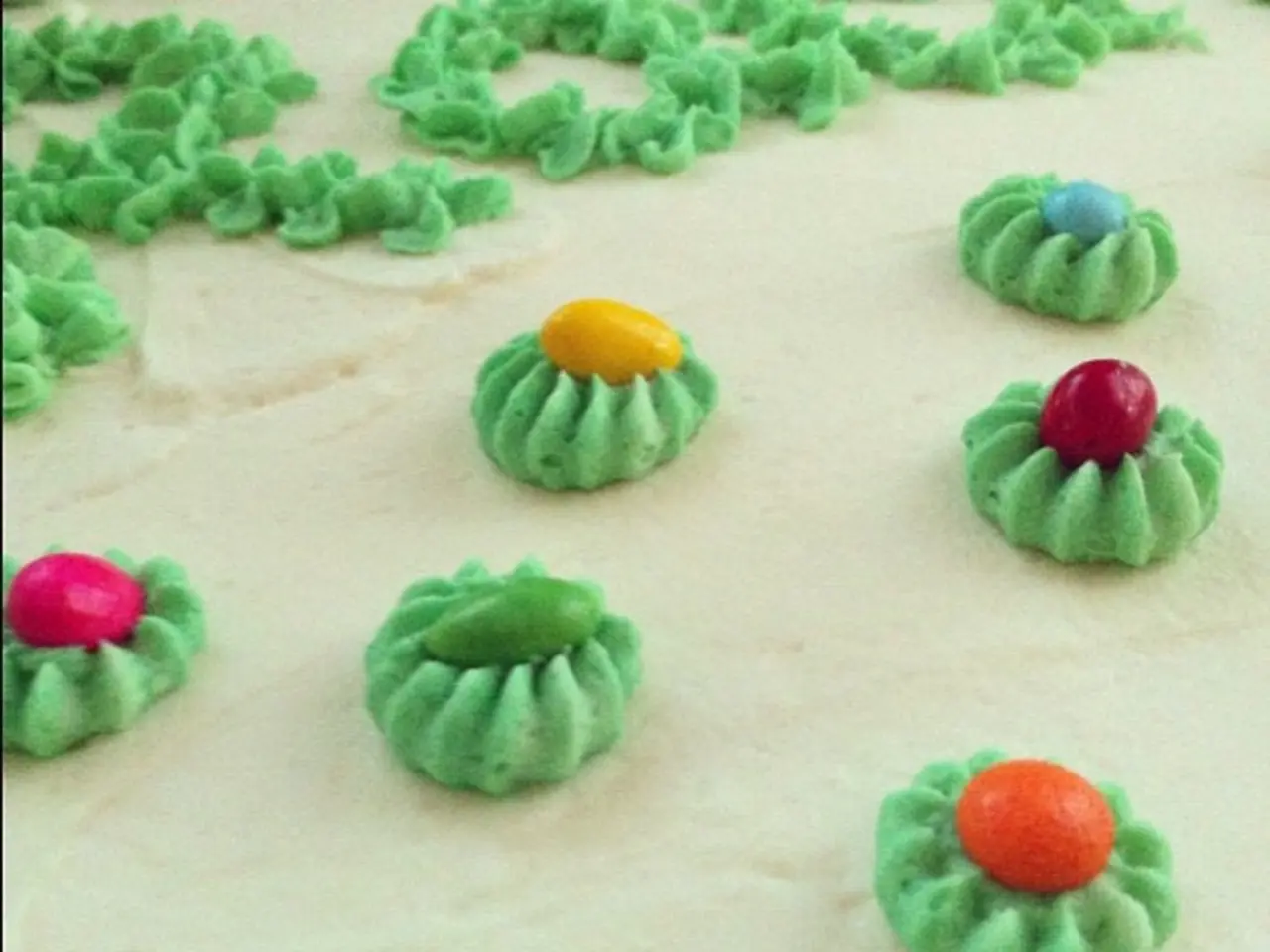Disorder of Lipids: Causes, Signs, and Remedies
In the realm of health, understanding lipid disorders and their management is crucial. These conditions, which can lead to high cholesterol levels, are often influenced by factors such as age, cholesterol levels, and underlying health conditions.
One such disorder is Familial Hypercholesterolemia (FH), an inherited condition that affects the body's ability to clear 'bad' cholesterol (LDL) from the blood. FH is primarily genetic, with symptoms including markedly elevated LDL cholesterol levels and clinical signs like premature atherosclerosis and cardiovascular events.
Treatment for FH involves a combination of lifestyle modifications and potent cholesterol-lowering medications. Lifestyle changes might include a low-fat diet, regular exercise, quitting smoking, and cutting down on alcohol.
Medications, primarily statins, inhibit the liver's production of LDL cholesterol. Commonly prescribed statins include fluvastatin, atorvastatin, and pravastatin. Other drugs like fibrates, niacin, bile acid sequestrants, and newer therapies like PCSK9 inhibitors are also used to further lower LDL cholesterol.
Interestingly, certain foods and supplements can also aid in cholesterol management. Green and black tea have been found to significantly reduce LDL cholesterol, although more research is needed to confirm long-term benefits. Omega-3 fatty acids, present in fatty fish and plant oils, can help reduce cholesterol levels. Fibrates work to reduce triglycerides and increase good cholesterol levels, while niacin, a B vitamin, can help lower triglycerides and boost good cholesterol, but caution is advised due to potential side effects.
Advanced lipid testing can provide a more accurate prediction of cardiovascular disease risk by checking the concentration of lipoproteins in the blood. This test measures levels of total cholesterol, LDLs, HDLs, and triglycerides.
Early diagnosis and treatment, starting as young as 8-10 years old, can significantly reduce the risk of cardiovascular complications in those with FH. In very severe cases, liver transplantation may be considered to replace the defective gene source.
In conclusion, managing lipid disorders involves a combination of lifestyle changes, medications, and, in some cases, advanced testing. Early diagnosis and treatment are key to reducing the risk of cardiovascular complications. Always consult with a healthcare professional for personalised advice and treatment.
- A person diagnosed with Familial Hypercholesterolemia (FH) may need medical-condition management, as it is an inherited defect affecting the body's clearance of 'bad' cholesterol (LDL).
- Besides genetic factors, age, and underlying health conditions can influence the occurrence of FH, a lipid disorder leading to high cholesterol levels.
- Nutrition plays a significant role in cholesterol management, with certain foods and supplements like green and black tea, Omega-3 fatty acids, and niacin aiding in lowering cholesterol and triglyceride levels.
- Making lifestyle changes, such as following a low-fat diet, regular fitness-and-exercise, quitting smoking, and reducing alcohol intake, can improve overall health-and-wellness and cardiovascular-health.
- Science continues to explore foodandfoodbenefits, seeking more evidence-based understandings of how specific foods can impact lipid profiles.
- Chronic diseases like cardiovascular diseases can be prevented or managed effectively with appropriate lipid management, comprehensive risk assessments, and the guidance of experts in health-and-wellness.




